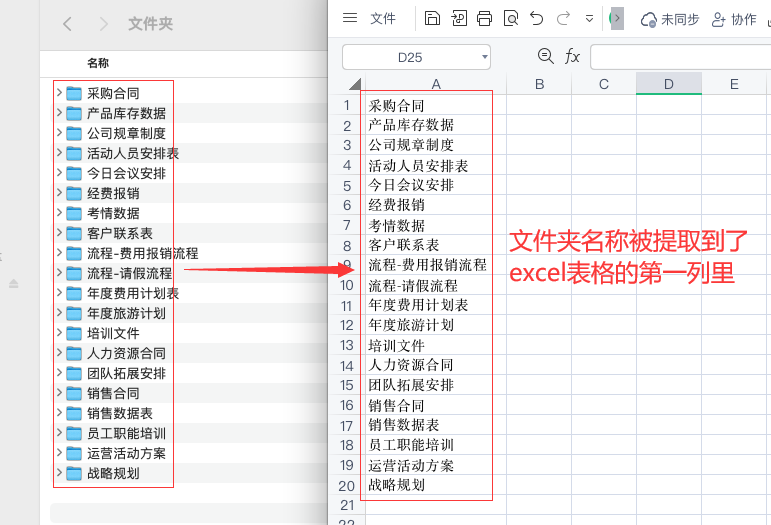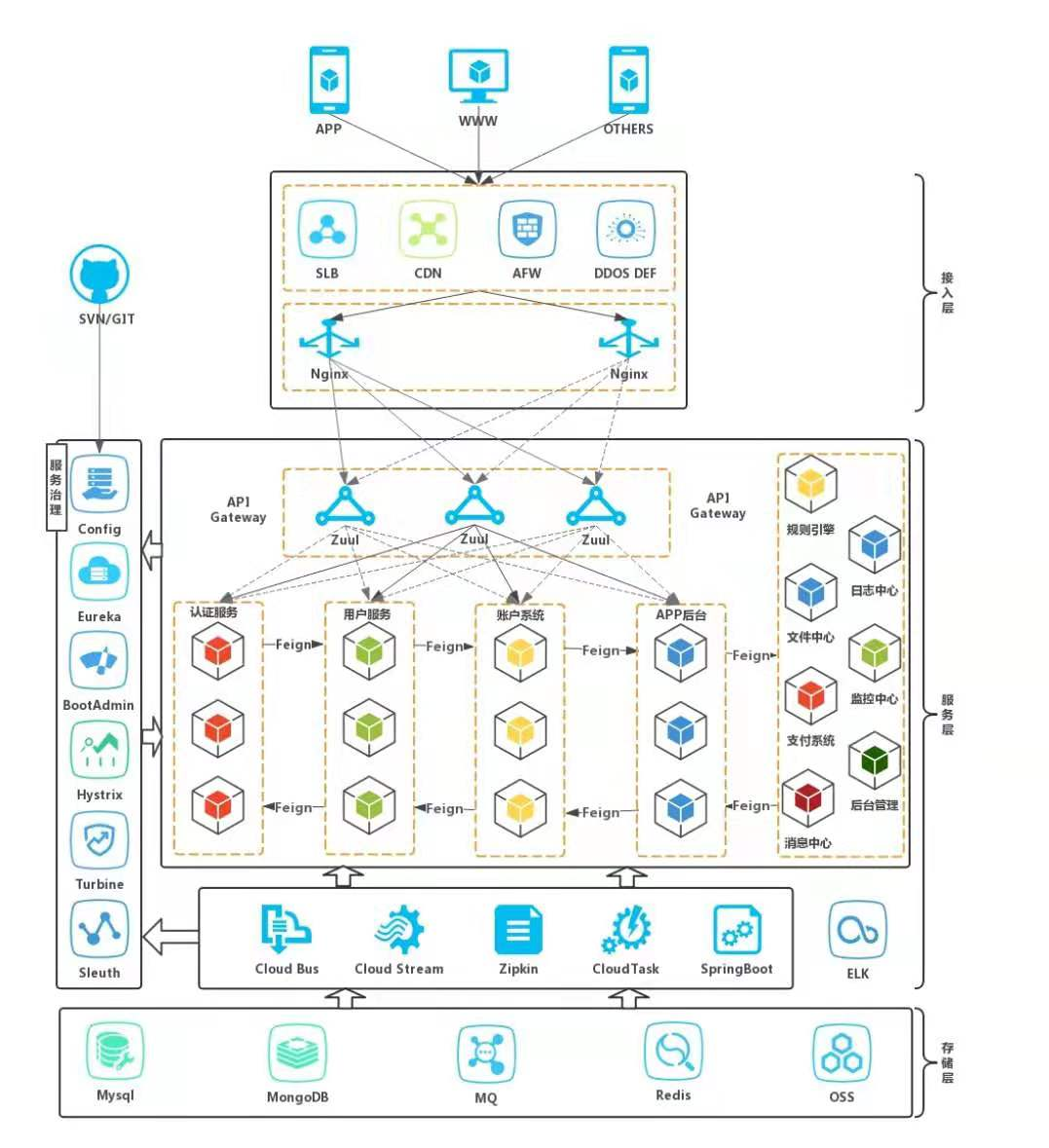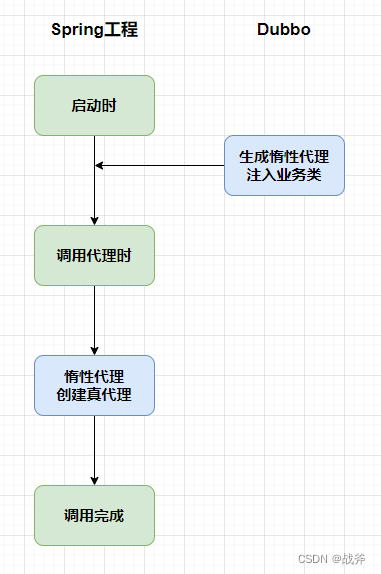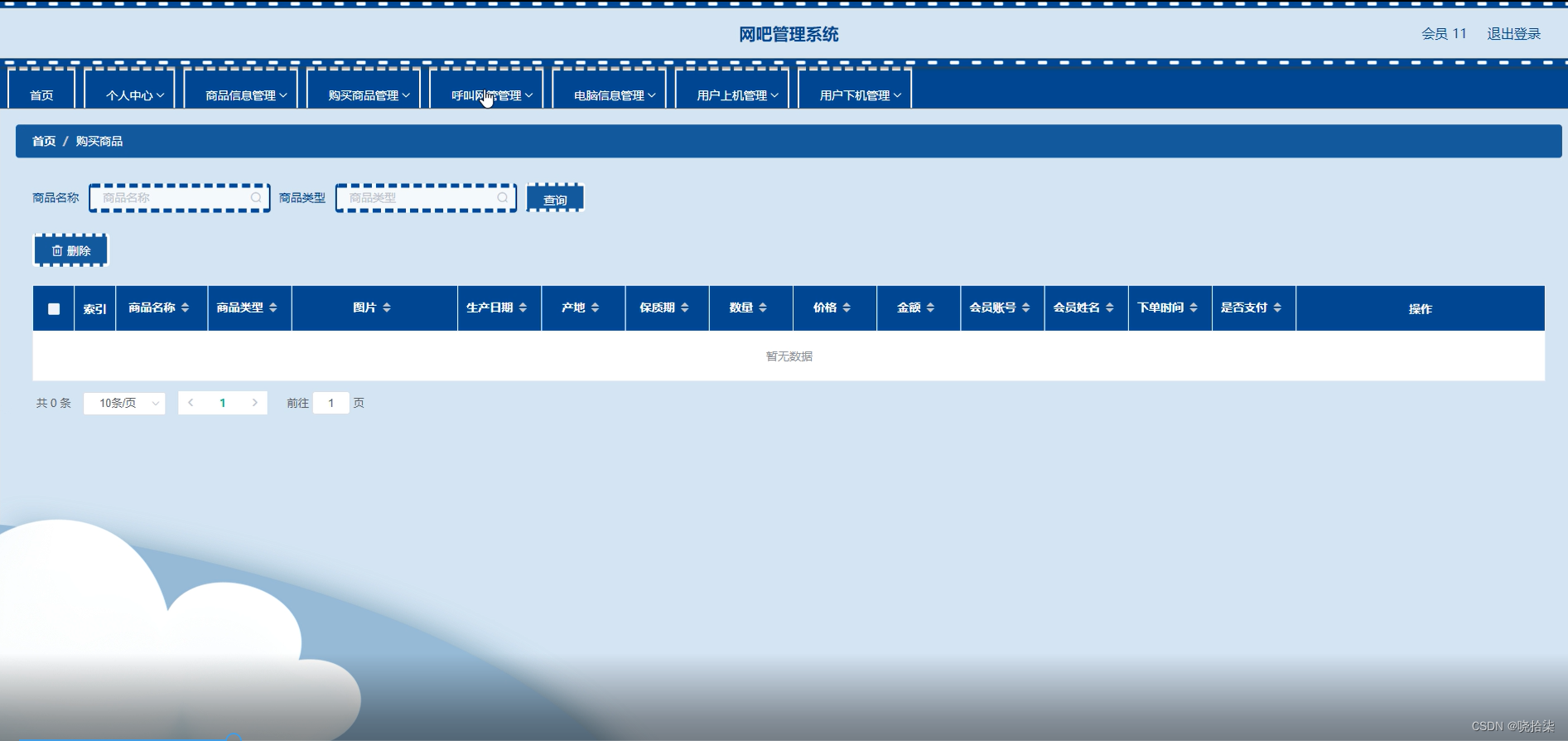使用计算器得到需要的寄存器地址
这里PLC地址是83,对应的程序16进制读取地址是53
实际上由于PLC地址从1开始,所以这里实际地址应该是52,因为计算机从0开始
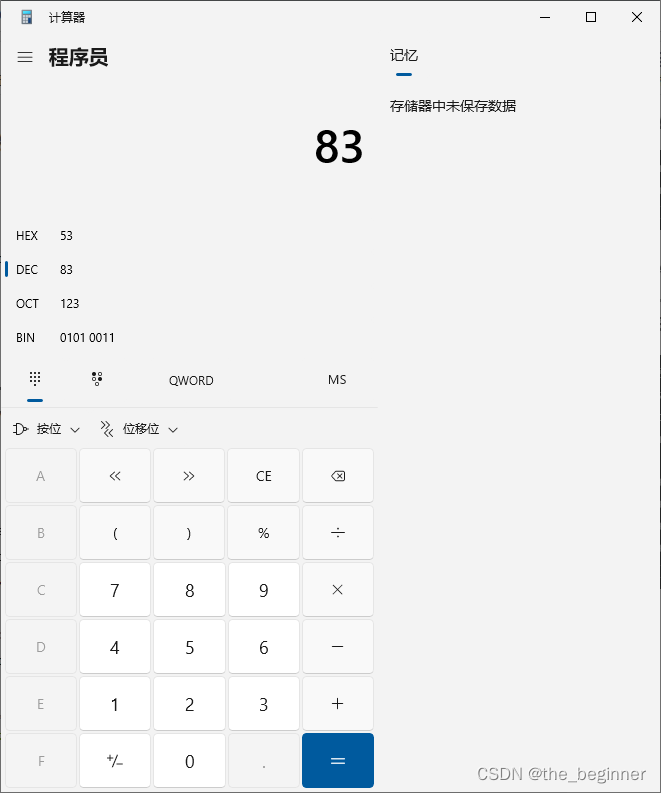
使用网络调试助手生成报文

使用Python中的内置函数int()。以下是将人员卡号’b’3b44’'转换为十进制的示例代码:
card_number = '3b44'
decimal_number = int(card_number, 16)
print(decimal_number)
使用response[-4:]获取了响应数据的后4个字节作为value96。然后,通过struct.unpack(‘>f’, value96)[0]将4字节的二进制字符串解包为单精度浮点数,并将其打印出来。
#实时电量
request = bytes.fromhex("00 20 00 00 00 06 01 03 00 5F 00 02 ")
client_socket.send(request)
response = client_socket.recv(1024)
value96 = response[-4:]
value96 = struct.unpack('>f', value96)[0]
value96=value96*10.00
value96=round(value96,2)
print("实时电量 单精度浮点数: {:.2f}".format(value96))
value40 是一个包含两个字节的字节串,即 b’\x00\x00’,将其转换为二进制,并保留8位。
以下是将字节串转换为二进制并保留8位的示例代码:
value40 = b'\x00\x00'
binary_value = bin(int.from_bytes(value40, byteorder='big'))[2:].zfill(8)
print("状态:", binary_value)
DEMO代码
#!D:/workplace/python
# -*- coding: utf-8 -*-
# @File : main0523_04.py
# @Author:Romulushe
# @Time : 2023/5/23 10:38
# @Software: PyCharm
# @Use: PyCharm
import socket
import struct
import time
import binascii
interval = 5
ip_address = ''#根据实际情况自定义
port_number = 502
polling_interval = float(interval)
def print_binary_value(value, name):
binary_value = bin(int.from_bytes(value, byteorder='big'))[2:].zfill(8)[::-1]
print(f"{name}: {binary_value}")
with socket.socket(socket.AF_INET, socket.SOCK_STREAM) as client_socket:
try:
client_socket.settimeout(3)
client_socket.connect((ip_address, port_number))
while True:
try:
##电压
request = bytes.fromhex("00 22 00 00 00 06 01 03 00 53 00 02 ")
client_socket.send(request)
response = client_socket.recv(1024)
value84 = response[-4:]
value84= struct.unpack('>f', value84)[0]
# value84 = value84 * 10.00
value84 = round(value84, 2)
print("实时电压 单精度浮点数: {:.2f}".format(value84))
##电流
request = bytes.fromhex("00 24 00 00 00 06 01 03 00 4F 00 02 ")
client_socket.send(request)
response = client_socket.recv(1024)
value80 = response[-4:]
value80 = struct.unpack('>f', value80)[0]
# value84 = value80 * 10.00
value80 = round(value80, 2)
print("实时电流 单精度浮点数: {:.2f}".format(value80))
##实时温度1
request = bytes.fromhex("00 2E 00 00 00 06 01 03 00 57 00 02 ")
client_socket.send(request)
response = client_socket.recv(1024)
value88 = response[-4:]
value88 = struct.unpack('>f', value88)[0]
# value88 = value88 * 10.00
value88 = round(value88, 2)
print("实时温度1 单精度浮点数: {:.2f}".format(value88))
#实时温度2
request = bytes.fromhex("00 2C 00 00 00 06 01 03 00 5B 00 02 ")
client_socket.send(request)
response = client_socket.recv(1024)
value92 = response[-4:]
value92 = struct.unpack('>f', value92)[0]
# value92 = value92 * 10.00
value92 = round(value92, 2)
print("实时温度2 单精度浮点数: {:.2f}".format(value92))
##车速
request = bytes.fromhex("00 31 00 00 00 06 01 03 00 3B 00 01 ")
client_socket.send(request)
response = client_socket.recv(1024)
speed= binascii.hexlify(response)[-4:]
speed = int(speed, 16)
print("车速:", speed)
# #实时电量
request = bytes.fromhex("00 20 00 00 00 06 01 03 00 5F 00 02 ")
client_socket.send(request)
response = client_socket.recv(1024)
value96 = response[-4:]
value96 = struct.unpack('>f', value96)[0]
value96=value96*10.00
value96=round(value96,2)
print("实时电量 单精度浮点数: {:.2f}".format(value96))
#充放电状态
#超速报警
#低电量报警
#温度过高1
#温度过高2
#00 18 00 00 00 06 01 03 00 28 00 01
request = bytes.fromhex("00 33 00 00 00 06 01 03 00 28 00 01 ")
client_socket.send(request)
response = client_socket.recv(1024)
value40 = response[-2:]
value40= bin(int.from_bytes(value40, byteorder='big'))[2:].zfill(8)[::-1]
print("充放电状态:",value40[4])
print("超速报警:", value40[0])
print("低电量报警:", value40[2])
print("温度1过高:", value40[3])
print("温度2过高:", value40[7])
#车牌号
#
request = bytes.fromhex("00 00 00 00 00 06 01 03 00 1E 00 02 ") # 车牌号
client_socket.send(request)
response = client_socket.recv(1024)
car_num= binascii.hexlify(response)[-8:-4]
car_num = int(car_num, 16)
print("车牌号:", car_num)
#人员卡号
request = bytes.fromhex("00 00 00 00 00 06 01 03 00 42 00 02 ") # 人员卡号
client_socket.send(request)
response = client_socket.recv(1024)
card = binascii.hexlify(response)[-8:-4]
card = int(card, 16)
print("人员卡号:", card)
except socket.timeout:
print('TIMEOUT ERROR: 服务器未及时响应')
except Exception as e:
print('CONNECT ERROR:', e)
DEMO结果
E:\software\python\python.exe E:/projects/Forklift/t2.py
实时电压 单精度浮点数: 48.85
实时电流 单精度浮点数: 0.26
实时温度1 单精度浮点数: 31.10
实时温度2 单精度浮点数: 30.85
车速: 0
实时电量 单精度浮点数: 68.52
充放电状态: 0
超速报警: 0
低电量报警: 0
温度1过高: 0
温度2过高: 0
车牌号: 15172
人员卡号: 10763
其他:地址表
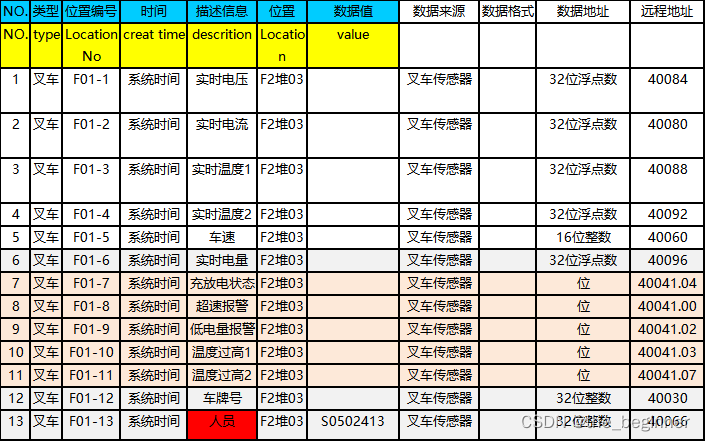
附带数据库&log存储的代码:
#!D:/workplace/python
# -*- coding: utf-8 -*-
# @File : main0523_04.py
# @Author:Romulushe
# @Time : 2023/5/23 10:38
# @Software: PyCharm
# @Use: PyCharm
import socket
import struct
import time
import binascii
import pymysql
import os,sys,datetime,logging
interval = 5
ip_address = ''#根据实际情况自定义
port_number = ''#根据实际情况自定义
polling_interval = float(interval)
base_path = os.path.dirname(os.path.realpath(sys.argv[0]))
def get_log_path():
return os.path.join(base_path, 'logs')
def cleanup_logs():
log_path = get_log_path()
current_time = time.time()
for file_name in os.listdir(log_path):
file_path = os.path.join(log_path, file_name)
if os.path.isfile(file_path):
creation_time = os.path.getctime(file_path)
if current_time - creation_time > (3 * 24 * 60 * 60):
os.remove(file_path)
def configure_logging():
log_path = get_log_path()
os.makedirs(log_path, exist_ok=True)
log_filename = get_log_filename()
log_file = os.path.join(log_path, log_filename)
logging.basicConfig(level=logging.DEBUG, format='%(asctime)s - %(levelname)s - %(message)s', filename=log_file)
def get_log_filename():
now = datetime.datetime.now()
return now.strftime("%Y-%m-%d_%H-%M.log")
def create_new_log():
log_path = get_log_path()
log_files = os.listdir(log_path)
if len(log_files) >= 20:
oldest_file = min(log_files)
os.remove(os.path.join(log_path, oldest_file))
log_filename = get_log_filename()
log_filepath = os.path.join(log_path, log_filename)
return log_filepath
def check_log_size(log_filepath):
log_size = os.path.getsize(log_filepath)
if log_size > 2 * 1024 * 1024:
# 创建新的日志文件
new_log_filepath = create_new_log()
try:
shutil.move(log_filepath, new_log_filepath)
return new_log_filepath
except PermissionError:
insert_log(logger, f'{log_filepath} {PermissionError}', log_filepath)
time.sleep(0.1)
return log_filepath
return log_filepath
def insert_log(logger, log_message, log_filepath):
log_filepath = check_log_size(log_filepath)
# 创建文件处理器
file_handler = RotatingFileHandler(log_filepath, maxBytes=2 * 1024 * 1024, backupCount=1)
file_handler.setLevel(logging.DEBUG)
formatter = logging.Formatter('%(asctime)s - %(levelname)s - %(message)s')
file_handler.setFormatter(formatter)
# 添加文件处理器到日志记录器
logger.addHandler(file_handler)
try:
logger.debug(log_message)
except PermissionError:
insert_log(logger, f'{log_message} {PermissionError}', log_filepath)
time.sleep(0.1) # 延迟0.1秒
# 移除文件处理器
logger.removeHandler(file_handler)
# 连接数据库
def connect_database(host, port, user, password, db_name):
try:
conn = pymysql.connect(host=host, port=port, user=user, password=password, db=db_name)
# print("成功连接到数据库")
return conn
except pymysql.Error as e:
insert_log(logger, f'DATABASE CONNECT FAILED', log_filepath)
# print(f"数据库连接失败: {e}")
# 插入数据
def insert_data(conn, types,table_name, create_time, location_no, parameter_desc, location, param_value):
try:
cursor = conn.cursor()
sql = f"INSERT INTO {table_name} (TYPE, CREATE_TIME, LOCATION_NO, PARAMETER_DESC, LOCATION, PARAMVALUE) " \
f"VALUES (%s, %s, %s, %s, %s, %s)"
cursor.execute(sql, (types,create_time, location_no, parameter_desc, location, param_value))
conn.commit()
# print(f"数据插入成功: {create_time}, {parameter_desc}: {param_value}")
cursor.close()
except pymysql.Error as e:
insert_log(logger, f'DATABASE INSERT DATA FAILED', log_filepath)
# print(f"数据插入失败: {e}")
with socket.socket(socket.AF_INET, socket.SOCK_STREAM) as client_socket:
configure_logging()
cleanup_logs()
log_filepath = create_new_log()
logger = logging.getLogger()
logger.setLevel(logging.DEBUG)
try:
client_socket.settimeout(3)
client_socket.connect((ip_address, port_number))
# 连接数据库
host = ''#根据实际情况自定义
port = 3306
user = ''#根据实际情况自定义
password = ''#根据实际情况自定义
db_name = ''#根据实际情况自定义
table_name =''#根据实际情况自定义
try:
# 连接数据库
conn = connect_database(host, port, user, password, db_name)
except Exception as e:
print("COON ERROR:",e)
while True:
try:
types ='叉车'
location ='F2堆02'
##电压
request = bytes.fromhex("00 22 00 00 00 06 01 03 00 53 00 02 ")
client_socket.send(request)
response = client_socket.recv(1024)
value84 = response[-4:]
value84= struct.unpack('>f', value84)[0]
# value84 = value84 * 10.00
value84 = round(value84, 2)
print("实时电压 单精度浮点数: {:.2f}".format(value84))
location_no ='F01-1'
parameter_desc ='实时电压'
param_value=value84
insert_data(conn, types, table_name, create_time, location_no, parameter_desc, location, param_value)
##电流
request = bytes.fromhex("00 24 00 00 00 06 01 03 00 4F 00 02 ")
client_socket.send(request)
response = client_socket.recv(1024)
value80 = response[-4:]
value80 = struct.unpack('>f', value80)[0]
# value84 = value80 * 10.00
value80 = round(value80, 2)
print("实时电流 单精度浮点数: {:.2f}".format(value80))
location_no = 'F01-2'
parameter_desc = '实时电流'
param_value=value80
insert_data(conn, types, table_name, create_time, location_no, parameter_desc, location, param_value)
##实时温度1
request = bytes.fromhex("00 2E 00 00 00 06 01 03 00 57 00 02 ")
client_socket.send(request)
response = client_socket.recv(1024)
value88 = response[-4:]
value88 = struct.unpack('>f', value88)[0]
# value88 = value88 * 10.00
value88 = round(value88, 2)
print("实时温度1 单精度浮点数: {:.2f}".format(value88))
location_no = 'F01-3'
parameter_desc = '实时温度1'
param_value = value88
insert_data(conn, types, table_name, create_time, location_no, parameter_desc, location, param_value)
#实时温度2
request = bytes.fromhex("00 2C 00 00 00 06 01 03 00 5B 00 02 ")
client_socket.send(request)
response = client_socket.recv(1024)
value92 = response[-4:]
value92 = struct.unpack('>f', value92)[0]
# value92 = value92 * 10.00
value92 = round(value92, 2)
print("实时温度2 单精度浮点数: {:.2f}".format(value92))
location_no = 'F01-4'
parameter_desc = '实时温度2'
param_value = value92
insert_data(conn, types, table_name, create_time, location_no, parameter_desc, location, param_value)
##车速
request = bytes.fromhex("00 31 00 00 00 06 01 03 00 3B 00 01 ")
client_socket.send(request)
response = client_socket.recv(1024)
speed= binascii.hexlify(response)[-4:]
speed = int(speed, 16)
print("车速:", speed)
location_no = 'F01-5'
parameter_desc = '车速'
param_value = speed
insert_data(conn, types, table_name, create_time, location_no, parameter_desc, location, param_value)
# #实时电量
request = bytes.fromhex("00 20 00 00 00 06 01 03 00 5F 00 02 ")
client_socket.send(request)
response = client_socket.recv(1024)
value96 = response[-4:]
value96 = struct.unpack('>f', value96)[0]
value96=value96*10.00
value96=round(value96,2)
print("实时电量 单精度浮点数: {:.2f}".format(value96))
location_no = 'F01-6'
parameter_desc = '实时电量'
param_value = value96
insert_data(conn, types, table_name, create_time, location_no, parameter_desc, location, param_value)
#充放电状态
#超速报警
#低电量报警
#温度过高1
#温度过高2
#00 18 00 00 00 06 01 03 00 28 00 01
request = bytes.fromhex("00 33 00 00 00 06 01 03 00 28 00 01 ")
client_socket.send(request)
response = client_socket.recv(1024)
value40 = response[-2:]
value40= bin(int.from_bytes(value40, byteorder='big'))[2:].zfill(8)[::-1]
print("充放电状态:",value40[4])
print("超速报警:", value40[0])
print("低电量报警:", value40[2])
print("温度1过高:", value40[3])
print("温度2过高:", value40[7])
location_no = 'F01-7'
parameter_desc = '充放电状态'
param_value = value40[4]
insert_data(conn, types, table_name, create_time, location_no, parameter_desc, location, param_value)
location_no = 'F01-8'
parameter_desc = '超速报警'
param_value = value40[0]
insert_data(conn, types, table_name, create_time, location_no, parameter_desc, location, param_value)
location_no = 'F01-9'
parameter_desc = '低电量报警'
param_value = value40[2]
insert_data(conn, types, table_name, create_time, location_no, parameter_desc, location, param_value)
location_no = 'F01-10'
parameter_desc = '温度1过高'
param_value = value40[3]
insert_data(conn, types, table_name, create_time, location_no, parameter_desc, location, param_value)
location_no = 'F01-11'
parameter_desc = '温度2过高'
param_value = value40[7]
insert_data(conn, types, table_name, create_time, location_no, parameter_desc, location, param_value)
# 车牌号
#
request = bytes.fromhex("00 00 00 00 00 06 01 03 00 1E 00 02 ") # 车牌号
client_socket.send(request)
response = client_socket.recv(1024)
car_num = binascii.hexlify(response)[-8:-4]
car_num = int(car_num, 16)
print("车牌号:", car_num)
location_no = 'F01-12'
parameter_desc = '车牌号'
param_value = car_num
insert_data(conn, types, table_name, create_time, location_no, parameter_desc, location, param_value)
# 人员卡号
request = bytes.fromhex("00 00 00 00 00 06 01 03 00 42 00 02 ") # 人员卡号
client_socket.send(request)
response = client_socket.recv(1024)
card = binascii.hexlify(response)[-8:-4]
card = int(card, 16)
print("人员卡号:", card)
location_no = 'F01-13'
parameter_desc = '人员卡号'
param_value = card
insert_data(conn, types, table_name, create_time, location_no, parameter_desc, location, param_value)
except socket.timeout:
print('TIMEOUT ERROR: 服务器未及时响应')
except Exception as e:
print('CONNECT ERROR:', e)
